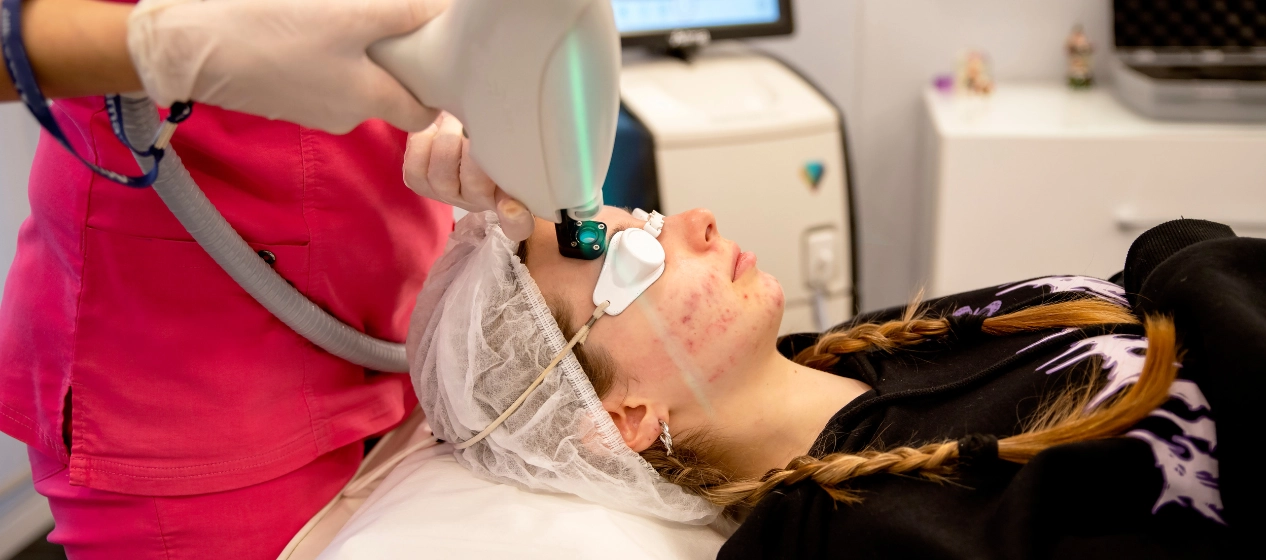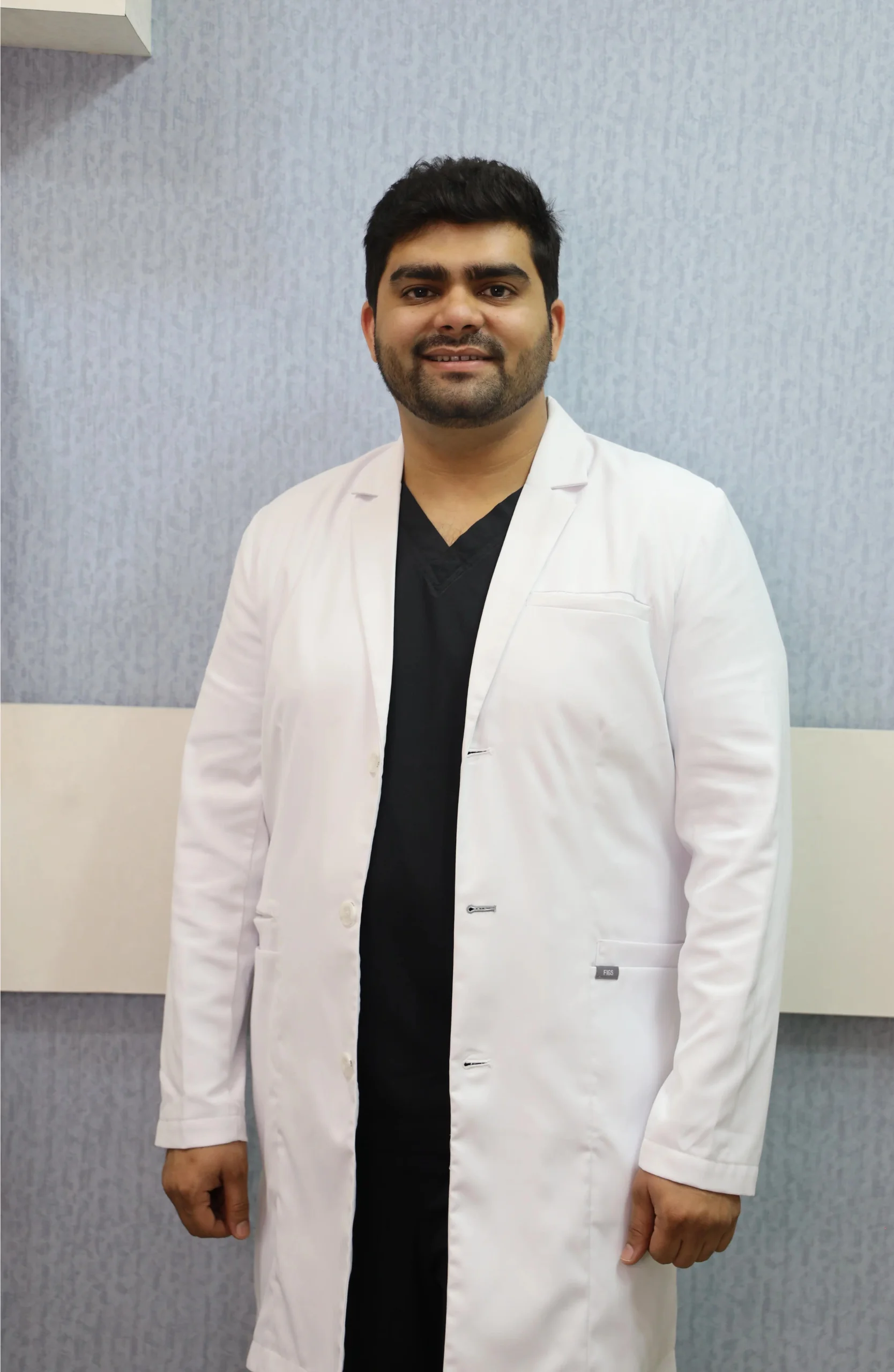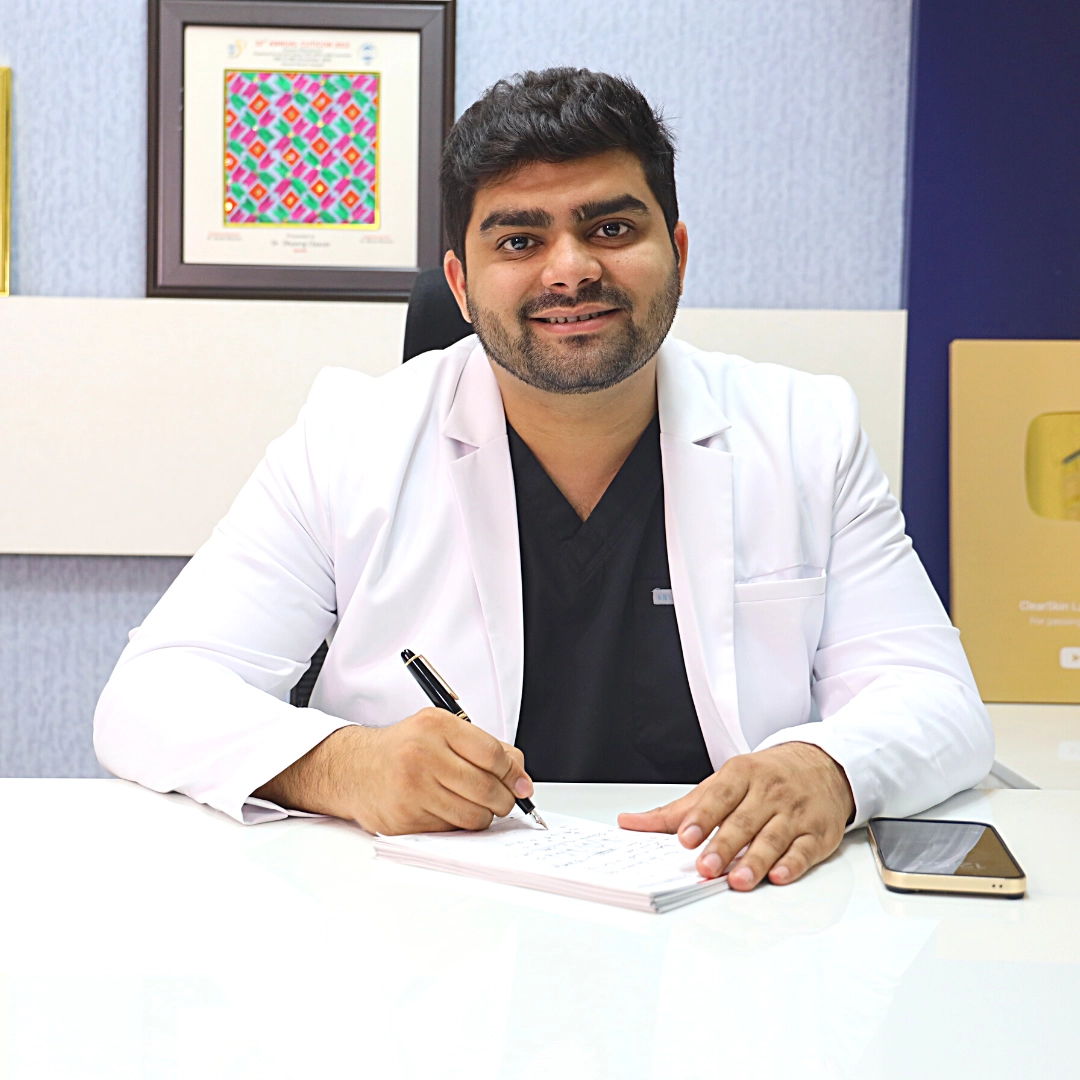
5 Myths Holding You Back from Right Acne Management
As a dermatologist dealing with several acne patients every day, I often meet people who believe in several myths about acne and, in the course of this belief, do not take the right steps toward solutions.
Myths about acne can have significant impacts on those who suffer from this condition. When people believe that acne is caused by poor hygiene or that popping pimples is an effective treatment, they may engage in behaviours that can make their acne worse or cause scarring. Additionally, when people believe that all acne treatments are equally effective, they may waste time and money on treatments that do not work for them or that may even harm their skin. Furthermore, when people believe that acne is a teenage problem only, they may feel embarrassed or ashamed about their condition, leading to decreased self-esteem and a reluctance to seek professional help.
In this article, I am bursting 5 of the most commonly believed acne myths and the scientific realities that are not taken into account. Read on.
Myth #1: Acne is caused by poor hygiene.

Reality: Acne is caused by a combination of factors, including hormones, genetics, and bacteria. Poor hygiene can worsen acne, but it is not the root cause. Hormonal changes, such as those during puberty, pregnancy, or menopause, can increase oil production in the skin and contribute to acne breakouts. Additionally, certain bacteria, such as Propionibacterium acnes, can multiply and cause inflammation in the hair follicles, leading to acne pimples.
Myth #2: Popping pimples will make them go away faster.
Reality: Popping pimples can lead to scarring and spread bacteria, making the acne worse. When you pop a pimple, you can introduce bacteria from your fingers into the pimple, causing it to become infected. Additionally, when you pop a pimple, you can also damage the surrounding skin and create a larger wound, which can take longer to heal and may result in scarring.
Myth #3: Tanning clears up acne.
Reality: Tanning may make acne appear less noticeable temporarily, but it can damage skin and make acne worse in the long term. Sun exposure can increase skin redness and dryness, which can make acne appear less noticeable. However, tanning can also increase skin damage and trigger skin ageing, which can make acne worse in the long term. Additionally, certain acne treatments, such as retinoids, can make skin more sensitive to the sun, leading to increased skin damage.
Myth #4: All acne treatments are equally effective.

Reality: Different people have different skin types and may respond differently to different treatments. It is important to work with a dermatologist to find the best treatment for you. Some people may respond well to topical treatments, such as creams and gels, while others may need oral medications, such as antibiotics or hormonal treatments. Additionally, some people may have skin that is sensitive to certain ingredients, such as salicylic acid or benzoyl peroxide, and may need to try alternative treatments.
Myth #5: Acne is a teenage problem only.
Reality: Acne can occur at any age and can persist into adulthood. While acne is common during puberty, when hormonal changes are occurring, it can also occur later in life due to other factors, such as stress, hormonal imbalances, or the use of certain medications. Additionally, some people may have acne that persists into adulthood, requiring ongoing treatment. It is important to work with a dermatologist to find a treatment plan that is appropriate for you, regardless of your age.

These myths can lead to a cycle of frustration and ineffective treatment, which can have a profound impact on a person’s emotional and mental well-being. That is why it is so important for people to seek accurate information about acne from reliable sources, such as a dermatologist, and to work with a healthcare professional to find an effective treatment plan.


